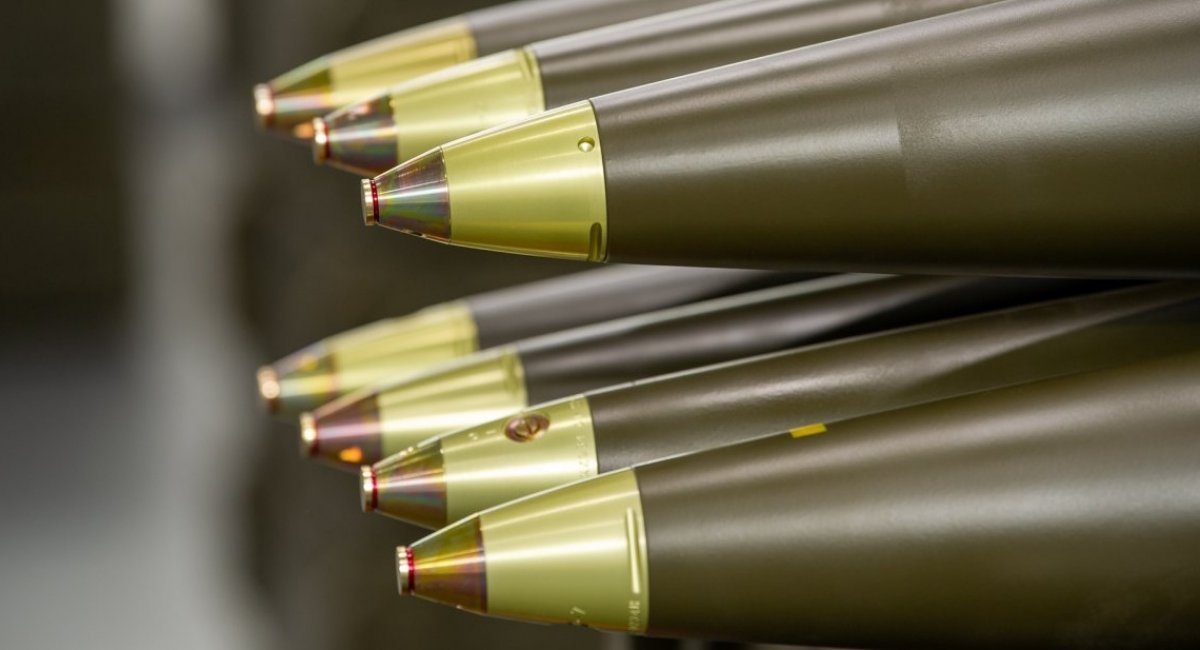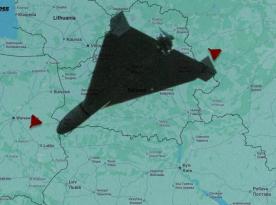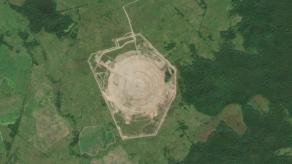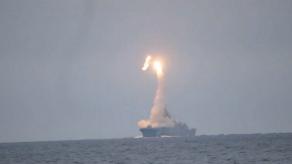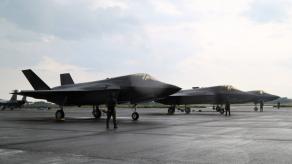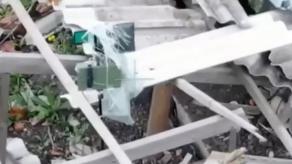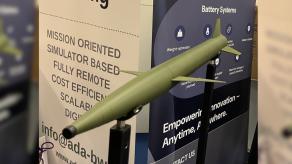Despite the leadership of Polska Grupa Zbrojeniowa (PGZ), the largest defense conglomerate in Poland, expressing doubt that the Armed Forces of Ukraine (AFU) use 4,000 to 9,000 rounds per day, this does not change the fact that Poland is indeed expanding ammunition production. Moreover, they are doing so based on strategic approaches.
In particular, in an interview with the Polish publication Money, where the doubt was expressed, PGZ Vice President Arkadiusz Bąk explained how PGZ plans to implement a rather ambitious plan to increase the production of 155mm ammunition ninefold — from the current 20,000 large-caliber shells per year to 150,000–180,000 units annually.
Read more: Polish Defense Ministry and Top Arms Maker Don't Believe Ukraine Spends 4,000–9,000 Artillery Shells a Day
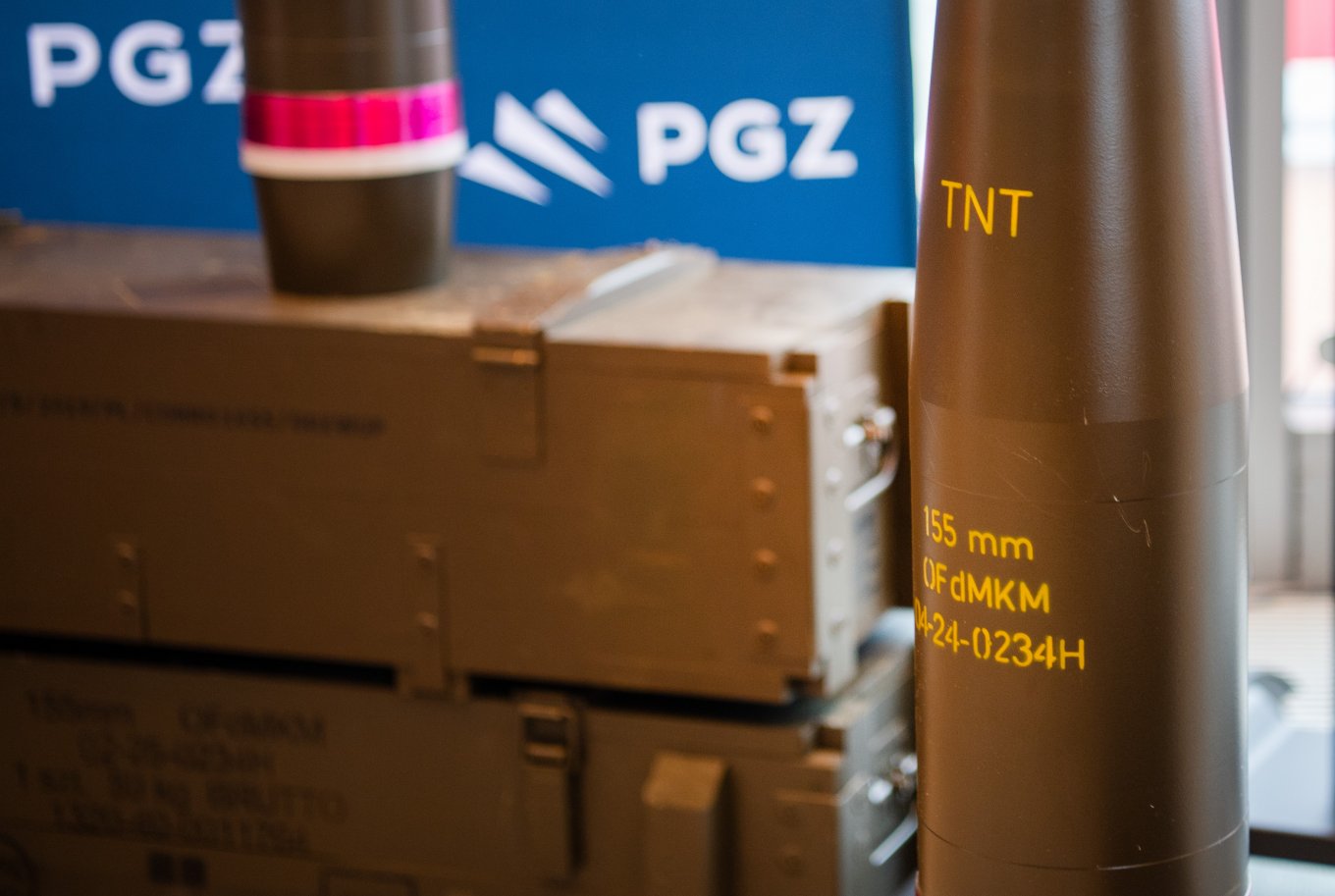
For this, PGZ will receive 2.4 billion zlotys, which is over 665 million dollars. But what is more interesting is how exactly this will be carried out. After all, it is possible to modernize existing facilities or build one large new factory, or a series of smaller ones. The Poles have settled on the latter option, adding a modern cluster approach borrowed from the automotive industry.
“In the automotive industry, component production is carried out at different sites. The idea of clustering is to create three ammunition production plants… Each time, this will be an expansion of an existing factory plus a new location — that is, diversification of production,” said the PGZ Vice President.
At the same time, the first production will be concentrated in the so-called Central Industrial Region" (Centralny Okręg Przemysłowy), which was established in the late 1930s and is now located in southeastern Poland. This includes the areas around the cities of Radom, Stalowa Wola, and Rzeszów.
From the Defense Express perspective, it should be noted that this region hosts a large number of Polish defense enterprises, including the armored vehicle manufacturer Huta Stalowa Wola, the PZL Mielec aviation plant (owned by Lockheed Martin), ammunition producers Dezamet and MESKO (which manufactures cartridges), as well as anti-tank guided missile (ATGM) and man-portable air-defense system (MANPADS) manufacturers.
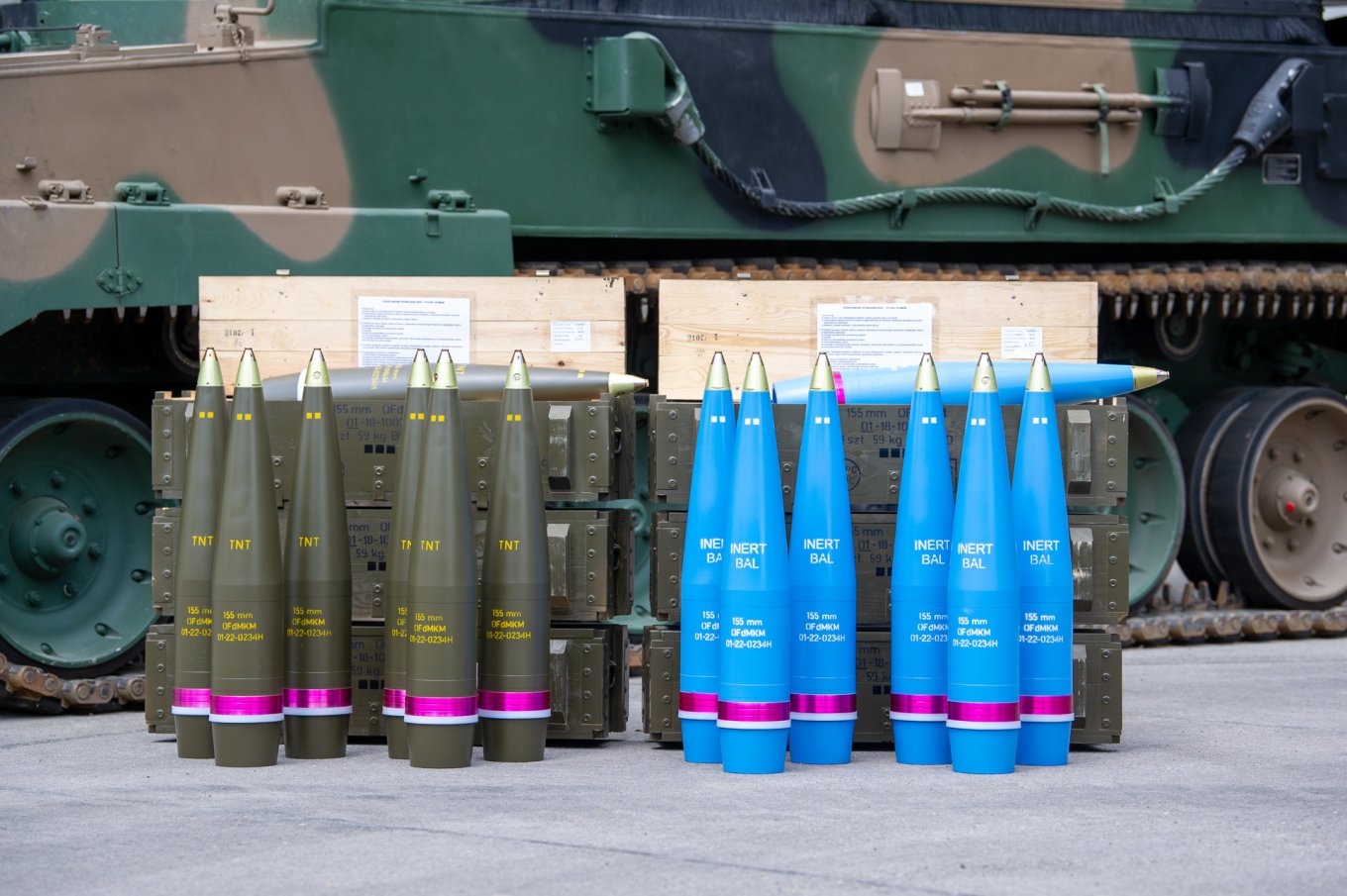
Other enterprises — both suppliers and final producers — will be located in central Poland, in the Kuyavian-Pomeranian, Greater Poland, and northern parts of the Łódź Voivodeship, with a focus on the Bydgoszcz area. This is because one of Poland’s largest explosives manufacturers, Nitro-Chem, is located there. Logistics also play a role here.
"This place is our natural center. Our logistics processes are primarily connected with special transport. In the future, with significantly larger production volumes, this may become a problem. Special transport has its peculiarities, and our goal is to minimize such transport over long distances and to cross rivers as rarely as possible" Arkadiusz Bąk explained.
He also added that new plants, thanks to modern production technologies, will not be huge. They will employ around 100–200 people each. Moreover, to achieve a ninefold increase in ammunition production, the total number of new jobs will be up to 800.
Read more: How Many Weapons Were Exported from Poland to Ukraine in 2024, How Did the D-44 Guns End Up on This List




